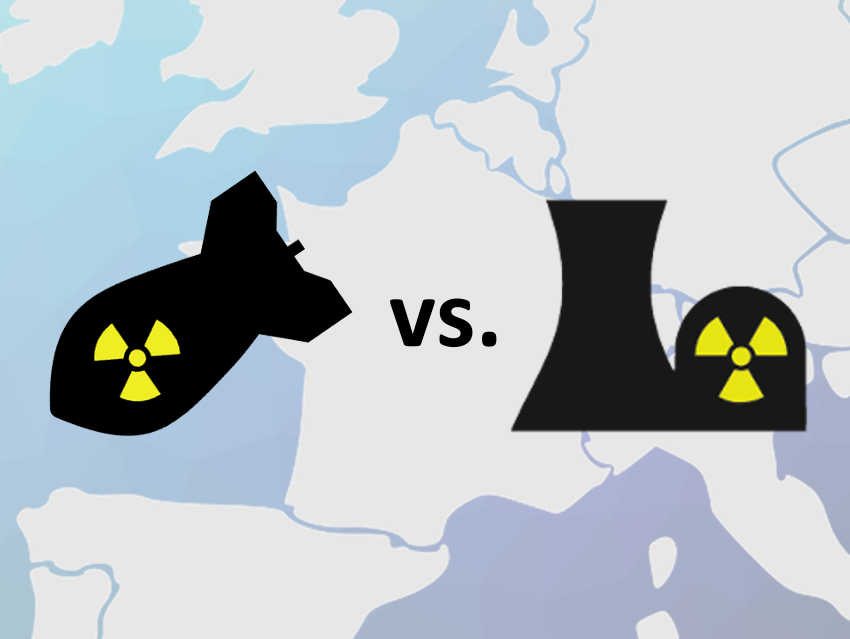Nuclear weapons testing since World War II and the Chernobyl nuclear accident in 1986 have both released radioactive isotopes into the environment. However, the distribution of radionuclides from these two sources is not known with certainty—in particular in Europe, where a substantial amount of the fallout from the Chernobyl nuclear accident was deposited.
Katrin Meusburger, Swiss Federal Institute for Forest, Snow, and Landscape Research (WSL), Birmensdorf, Switzerland, and colleagues have analyzed soil samples collected in France, Belgium, Southern Germany, Switzerland, and Northern Italy to investigate the spatial pattern of global nuclear weapons test versus Chernobyl fallout. The team used samples that were collected as part of an existing topsoil survey with a harmonized protocol across the entire European Union and Switzerland. They analyzed these samples using gamma- and mass spectrometry (MS) to determine the contents of the radionuclides 137Cs, 239Pu, and 240Pu.
The team then used isotope ratios to determine the origin of the fallout. The ratio between overall plutonium (239+240Pu) and 137Cs differ between the Chernobyl fallout (ca. 0.0124) and global fallout from nuclear weapons tests (ca. 0.038). Ratios somewhere between these two values indicate a mixture of fallout from both sources, with varying contributions. The difference in the ratios is due to the nature of the nuclear fuel of the Chernobyl power plant: The isotopes 239Pu and 240Pu were contained in the non-volatile fraction of the nuclear-fuel debris, and thus, their fallout was restricted to regions closer to the power plant and mostly did not reach western Europe.
Based on the measured isotope ratios, the researchers generated maps of the Chernobyl-based fallout across the studied regions. As expected, they found an east-west gradient: Chernobyl fallout contributed most of the 137Cs content in soils in southeast Germany (ca. 80 %), while in large parts of western France, the contribution was below 20 %. The distribution is fairly heterogenous due to the rainfall patterns after the accident, when the released radioactive cloud moved across Europe. The global fallout from nuclear weapons tests—which took place over decades—is more evenly distributed. The results could provide a baseline for measurements in case of any future nuclear accidents and could also be used to study soil loss and redistribution.
- Plutonium aided reconstruction of caesium atmospheric fallout in European topsoils,
Katrin Meusburger, Olivier Evrard, Christine Alewell, Pasquale Borrelli, Giorgia Cinelli, Michael Ketterer, Lionel Mabit, Panos Panagos, Kristof van Oost, Cristiano Ballabio,
Sci. Rep. 2020.
https://doi.org/10.1038/s41598-020-68736-2



